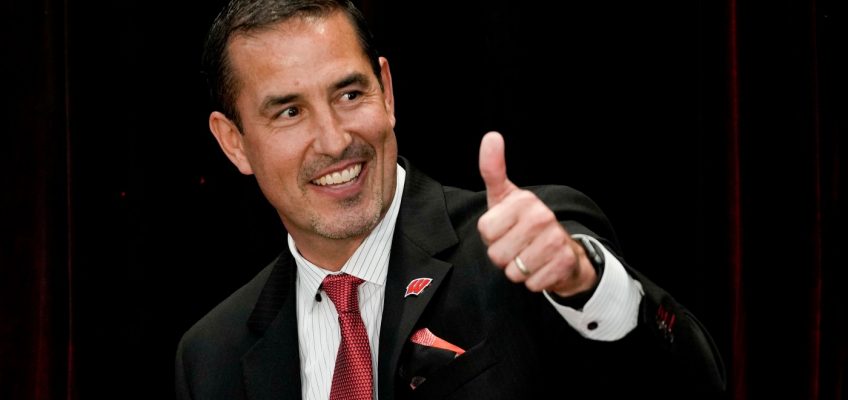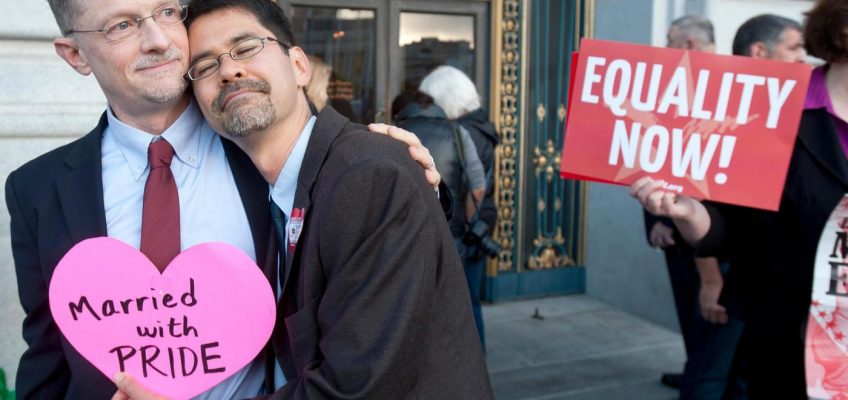Frankie Capan III was staying with a host family in Raleigh, N.C., the night before his U.S. Open qualifying tournament this spring.
The North Oaks native was asked how many players would advance from the qualifier into the major championship. Capan hadn’t looked. But he had an answer ready.
“I’m not sure what it is,” he told them. “But I’ll tell you one thing: I know the winner always gets through.”
The next day, the 24-year-old shot 6-under par in the 36-hole qualifier to claim medalist honors and punch his ticket to the U.S. Open for the second straight year.
Frankly, Capan never tees it up with an expectation to do anything but win the tournament. That remains true this week at Pinehurst No. 2, back in North Carolina.
There’s no reason to be anything but confident at this juncture, given how Capan is playing entering the event. Along with winning the qualifier, he has placed in the top 10 in four of his past six Korn Ferry Tour events. Capan is currently ninth in the season-long Korn Ferry Tour standings, with the top 30 at season’s end earning promotions to the PGA Tour.
After a three-week stretch that featured three tournaments and the 36-hole qualifier, Capan took last week off to receive treatment on his knee in Arizona, while also managing a wrist ailment. He enters this week fresh, confident and armed with valuable information regarding what to expect from the course and the experience.
In just his second year of professional golf, Capan said he continues to understand more about himself and how to get the most out of his game. He referenced the great Jack Nicklaus, who noted the importance of knowing your game, how you react in situations and what shots you have that day, and which ones you don’t.
Essentially, the more you know yourself as a player, the better positioned you are to succeed. Capan is an avid student of the game and himself.
“I think it’s just constant growth and learning, and that’s been the fun part for me. Learning is fun in itself,” Capan said. “You learn the most by losing, so I think just acknowledging that and implementing it, just seeing the growth come to fruition is the most exciting thing, and it makes me want to work even harder.”
For instance, last year he learned he can’t play tournaments for seven consecutive weeks — it’s draining physically and mentally. This season, Capan wants to cap himself at three straight tournaments, barring any special opportunities that may arise.
“Your brain is a muscle, and I think that’s probably the first thing that starts going. For me, i always like being sharp when I compete. I like being well rested and sharp mentally. When I take care of the right things and am in a good spot, the results take care of themselves,” he said. “I want to play and put my best foot forward and do my best to win every event I play in.”
Including this one. That may sound crazy. Capan isn’t yet on golf’s top professional tour, though he appears to be well on his way. This week, winning requires besting the likes of Scottie Scheffler, Rory McIlroy and Xander Schauffele. He understands that, and believes he’s good enough to do it.
Capan played in last year’s U.S. Open at Los Angeles Country Club, and while he didn’t make the 36-hole cut, he got a front-row seat to view the game’s top talent. A pre-tournament stroll down the range last year led to sightings of McIlroy, Jon Rahm, Brooks Koepka and even former NBA star Blake Griffin. He has seen many of the long-tenured pros hit balls up close.
“I know I can hit the shots that they’re hitting,” Capan said. “And, frankly, I think I have a unique skill that I’m blessed with, and I think I can hit a lot of better shots.”
His current form suggests as much. Capan is long off the tee and a top-10 putter on the Korn Ferry Tour, per the data. A weakness a year ago, Capan’s iron play has been pristine this season.
He’s now an elite ball-striker who knows if a few putts fall, he can find himself in the winner’s circle at week’s end. Frequent flushing has allowed Capan to card rounds of 58 and 62 in recent weeks on the Korn Ferry Tour.
The 62 on a third-round Saturday in Knoxville put him in the lead ahead of the final round. He shot a bogey-free 66 on Sunday, finishing in second after Harry Higgs buried a long eagle putt on the second playoff hole to win.
Even on that day, Capan noted he missed a number of makeable putts. He said he may have been overly focused on the results of the putt, rather than just rolling the rock and letting the results follow.
“There’s a lot of things I’ve learned from (that experience),” Capan said, “and I look forward to the next time I put myself in that position.”
Maybe as soon as this week?
“That’s the plan,” he said with a laugh.
The fact is, guys don’t win in their second career major start. And Capan wasn’t close to contention at this tournament a year ago. But he’s playing much better right now, and circumstances are far different. Capan said he may have overprepared at last year’s U.S. Open as he tried to cram for the unfamiliar test that was L.A. Country Club.
Pinehurst No. 2 is a different story. He has played the course maybe 30 times, even winning a USGA event there.
“I could almost play it without a yardage book,” Capan said. “I could tell you pretty closely what I’m going to be hitting off of every tee, almost every day. So I think just being a little bit more comfortable with that. I’ve been through a major before, so I’m more familiar with the feelings and what’s going to go on while we’re out there.”
Which provides a feeling of comfort that may allow his talents to take over.
“If I have a certain feel and want to hit a certain shot, just let my body react to it and not think too much about it. All I can do is hit the best shot that I’m trying to hit, and the rest isn’t really up to me,” Capan said. “I truly believe that I’m the best player, no matter what tournament I play in. No matter if that’s right or wrong, you’re not going to be able to change the belief I have in that.”
He believes he belongs on this stage.
“Last year, I may have thought I need to play perfect. I have to hit all these good shots to beat these guys. But everyone is going to hit a bad shot now and again. It happens. So I think just allowing myself to be out there and have fun, hit golf shots,” Capan said. “I feel pretty confident in my game and the way I’ve been playing, to where I’m not going to go out there and try to do anything different than what I’ve been doing, just because I don’t believe I need to.”
Golf: North Oaks’ Frankie Capan III wins qualifier to advance to second U.S. Open
North Oaks’ Frankie Capan III finishes second in Tennessee after playoff on Korn Ferry Tour
North Oaks’ Frankie Capan III cards a 62 to take lead heading into final day of Korn Ferry Tour event
Grayson Murray dies at age 30 a day after withdrawing from Colonial, PGA Tour says
Caleb VanArragon wins Twin Cities Open, his first professional event




